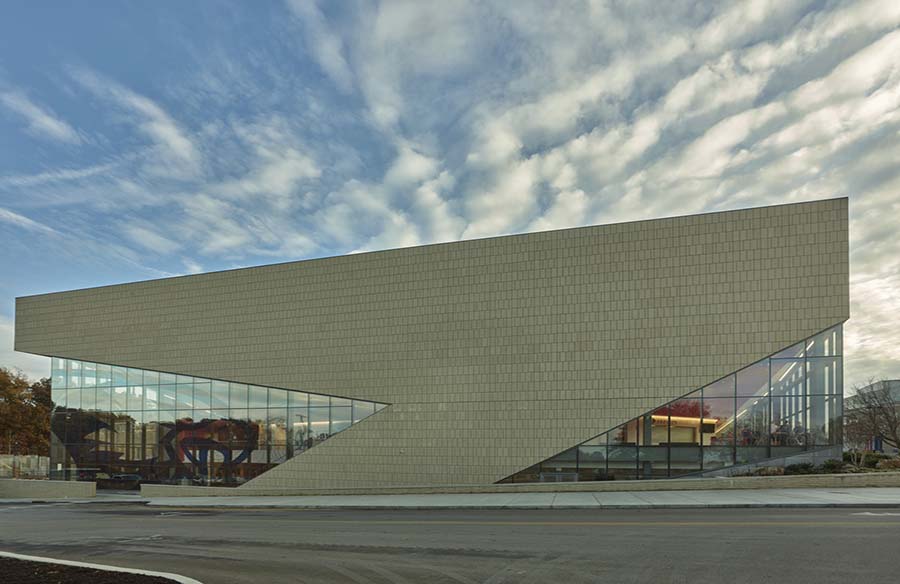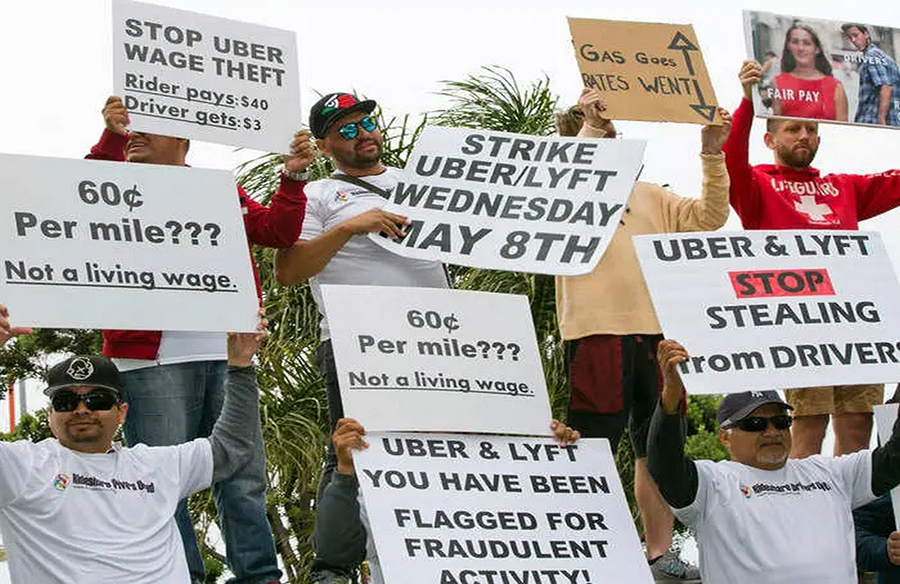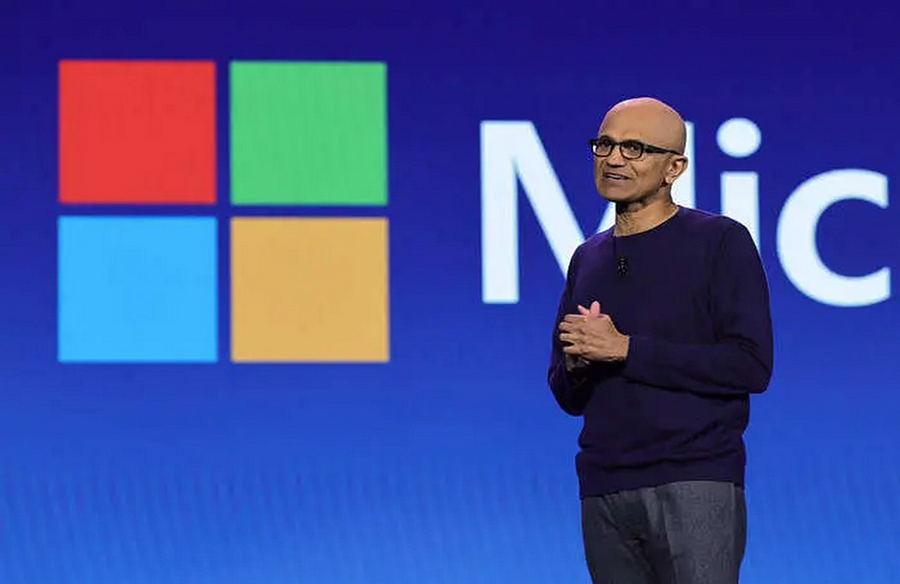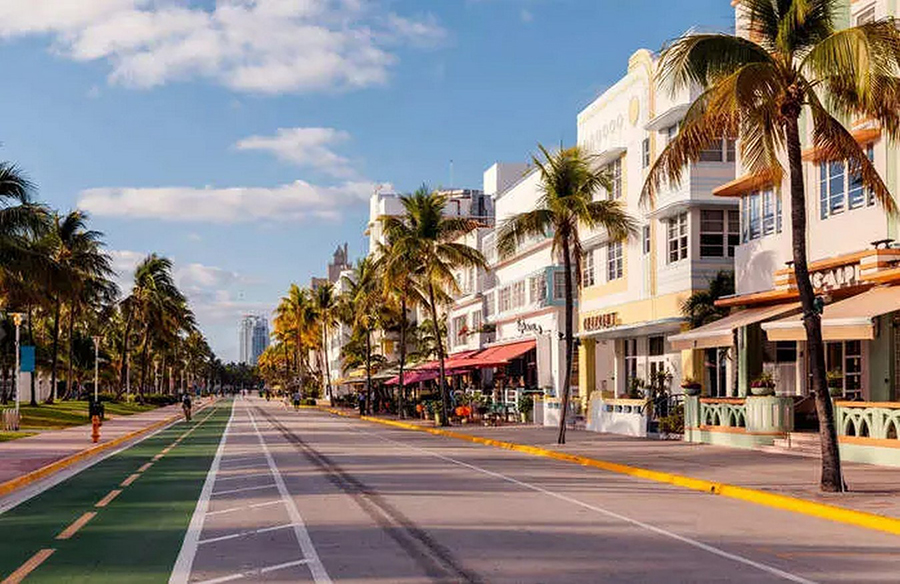Impact of California’s $20 Minimum Wage on Fast-Food Prices

Shifting Dynamics in Consumer Spending
California’s decision to raise the minimum wage for fast-food workers to $20 an hour is poised to reshape consumer spending patterns, potentially driving individuals towards grocery purchases as restaurant prices surge. The impending wage hike, effective April 1, introduces a significant shift in wage policies within the state, with broader implications for the affordability of dining out.
The Wage Increase and Its Ramifications
Under the new legislation, fast-food workers in California will witness a substantial increase in wages, coupled with provisions for annual adjustments tied to inflation rates. The establishment of a fast-food council further underscores the state’s commitment to addressing wage disparities and ensuring equitable compensation for workers within the industry.
Escalating Restaurant Prices
As fast-food chains prepare to offset increased labor costs through menu price adjustments, analysts anticipate a significant uptick in restaurant prices, potentially deterring budget-conscious consumers. Jon Tower, an analyst at Citi, forecasts price hikes ranging from 5% to the low-double-digits, a development that could impact consumer behavior and dampen foot traffic in the dining sector.
The Appeal of Home Cooking
Rising restaurant prices may render home-cooked meals a more appealing option for budget-conscious consumers seeking to stretch their dollars further. Tower highlights the potential for grocery purchases to offer better value compared to dining out, signaling a potential shift in consumer preferences towards home-prepared meals.
Wage Competition Across Industries
While the wage increase primarily targets the fast-food sector, its ripple effects extend to other industries grappling with labor competition and wage inflation. Analysts anticipate heightened wage competition as employers across sectors endeavor to attract and retain talent amidst escalating wage standards.
Implications for Full-Service Restaurants and Retail
While full-service restaurants remain relatively unaffected by the legislation, concerns persist regarding potential wage inflation and pricing adjustments. Matt Clark, CFO of The Cheesecake Factory, acknowledges the possibility of a “ripple effect” within the broader restaurant and retail industry, signaling potential pricing considerations in response to wage pressures.
Consumer Spending Patterns and Economic Stimulus
Despite concerns over escalating restaurant prices, analysts anticipate a potential boost in consumer spending, driven by increased disposable income resulting from higher wages. Tower suggests that the wage increase could fuel higher demand for fast-food offerings, particularly among consumers benefiting from enhanced purchasing power.
Conclusion: Navigating Economic Shifts and Consumer Preferences
California’s minimum wage hike for fast-food workers introduces a complex interplay of economic dynamics and consumer behavior. While the wage increase aims to address wage disparities and promote equitable compensation, its broader implications extend to consumer spending patterns and industry competitiveness. As stakeholders navigate these shifts, proactive strategies to adapt to evolving market conditions and consumer preferences remain essential in fostering sustainable growth and competitiveness in the dining sector.


 English
English 






























































































































































































































































































































































